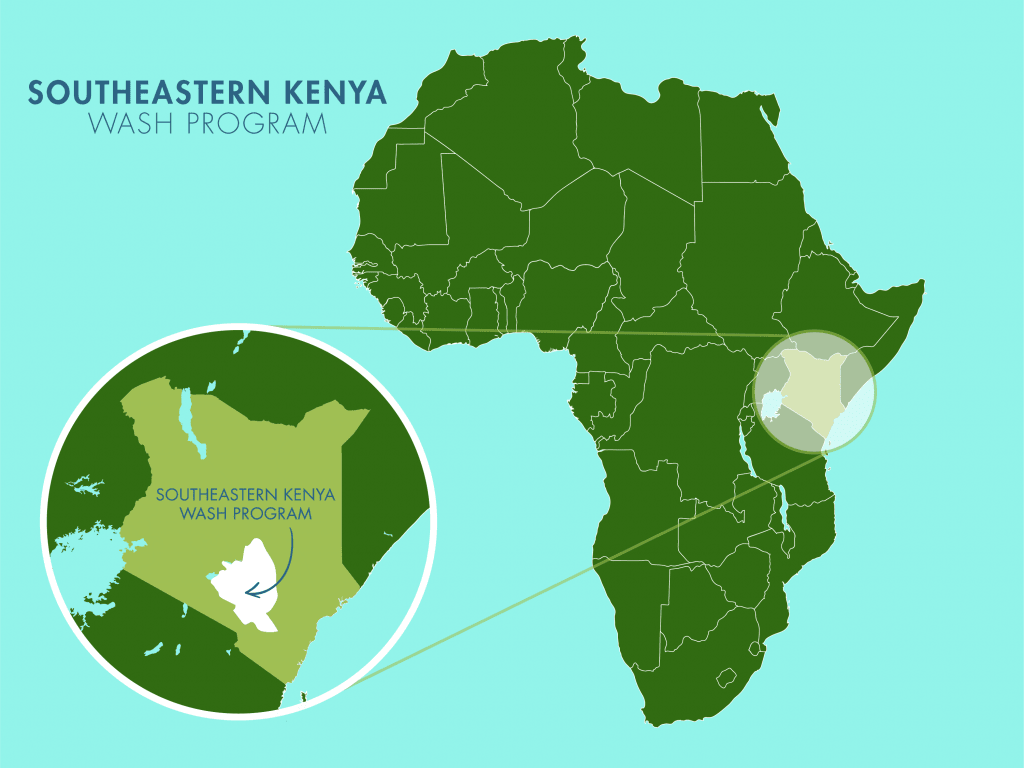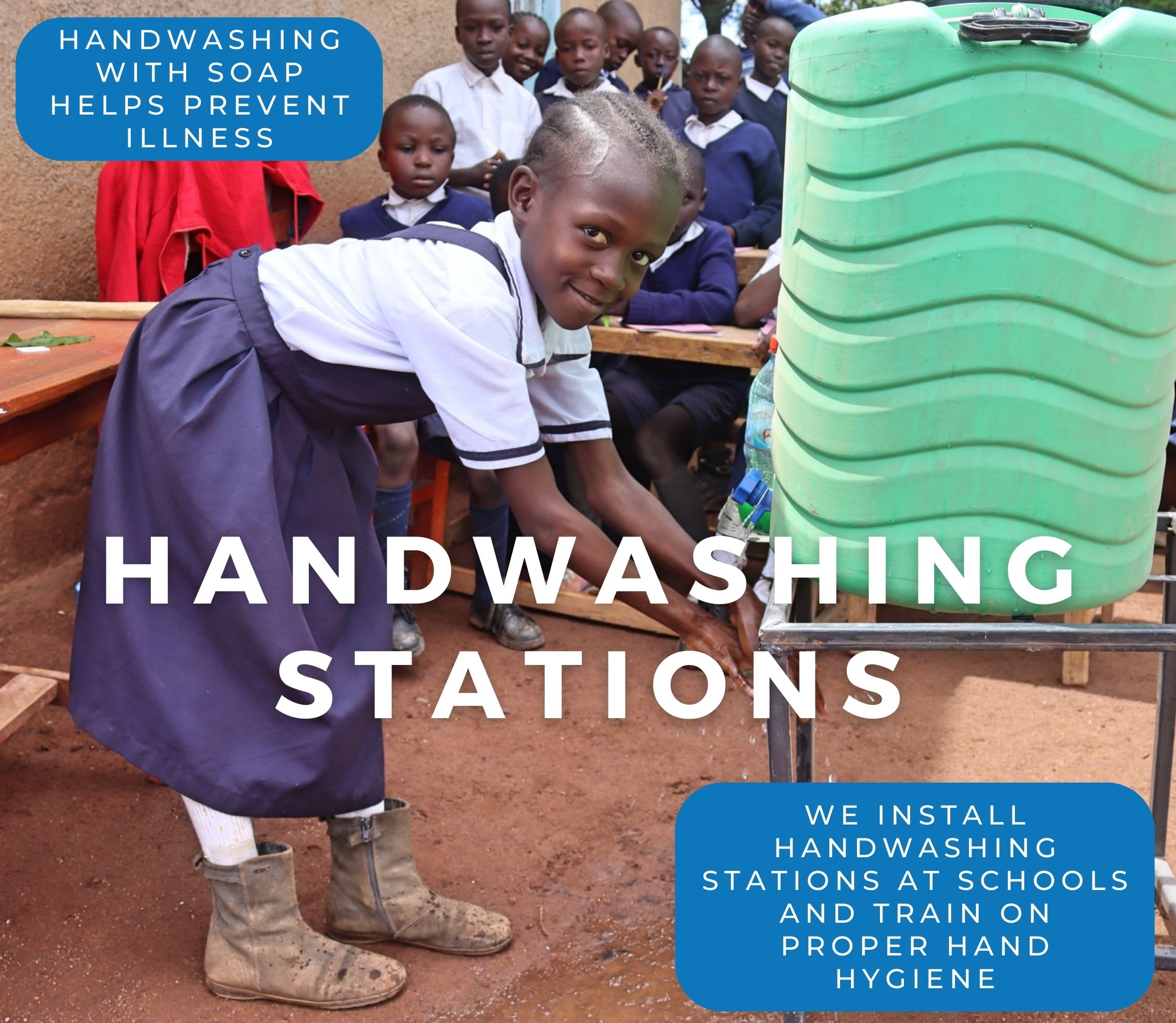At Kambusu Primary School, a struggle for sufficient water is part of everyday life for the 416 pupils and 16 staff members. The school relies on small rainwater tanks that often run dry, forcing the pupils to bring water from home or walk long distances to fetch it. For many of the children, this daily challenge affects their energy, focus, and ability to learn.

Among them is 11-year-old John, a bright and hopeful student who feels the strain of water scarcity deeply. “I feel very bad when we do not have enough water at the school. It keeps me very worried. The water is not enough for all the school children; others fail to get a share when it is very dry, leaving us with no option rather than carrying it from home.”

11-year-old John.
When the school’s tanks are empty, students are instructed to bring water with them in the morning — a task that leaves them exhausted before classes even begin.
John explains, “Yes. When told to come along with water from our homes, it [is] always difficult and I feel very tired in the morning hours.”
Despite these challenges, John holds on to his dreams because even at his young age, he sees education as the key to a better future for himself and his community. “I would love to be a doctor," John declared.

The small rain tank runs dry more often than not.
But the burden of fetching water weighs on him. “It is a duty that I ought to respect, but I do not like it so much as it denies me an opportunity to do my activities," John said.

John’s story reflects what many children at Kambusu Primary School experience each day — the exhaustion, worry, and lost learning time caused by a lack of clean, reliable water. When students arrive at school tired from fetching water, their ability to concentrate and succeed in class is diminished.
A permanent, safe water source would make a significant difference. It would give John and his classmates the freedom to focus on their studies, the energy to play and grow, and the chance to pursue their dreams, without the constant burden of carrying water to school.
Steps Toward a Solution
Schools without reliable, on-premises water access often rely on students to fetch and carry water, leading to rationing and uncertainty about water quality. The water is typically poured into a communal storage tank and used by the entire school. With children carrying water from all different sources, it is also impossible for teachers and staff to know exactly where the water comes from and how safe it is to drink.
A new water point will be located on-premises at the school to ensure accessibility, reliability, and safety for students, teachers, and staff while meeting our school coverage goals. Having water available at the school allows children to drink, wash hands, and use sanitation facilities without leaving school grounds, preventing disruptions to lessons and reducing safety risks. A dedicated source increases water availability, reduces reliance on stored water, minimizes rationing, and ensures confidence in the safety of the water. This means staff and students are healthier, and their lessons aren’t disrupted, contributing to a better education!
Our technical experts worked with the school leadership and the local community to identify the most effective solution to their water crisis. Together, they decided to construct a rainwater harvesting system.
Rainwater Harvesting System
A rainwater collection system consists of gutters that channel rainwater effectively into large holding tanks. Attached to buildings with clean, suitable roofing, these systems are sized according to the population and rainfall patterns. Water can be stored for months, allowing for easy treatment and access. Learn more
Handwashing Stations
Alongside each water source, we install two gravity-fed handwashing stations, enabling everyone at the school to wash their hands. Handwashing is crucial for preventing water-related illnesses within the school and community. Student “health clubs” maintain the stations, fill them with water, and supply them with soap, which we often teach them how to make.
School Education & Ownership
Hygiene and sanitation training are integral to our water projects. Training is tailored to each school's specific needs and includes key topics such as proper water handling, improved hygiene practices, disease transmission prevention, and care of the new water point.
To ensure a lasting impact, we support forming a student health club composed of elected student representatives and a teacher. These clubs promote hygiene practices schoolwide and keep handwashing stations well-stocked. This student-led model encourages a sense of ownership and responsibility.
Safe water and improved hygiene habits foster a healthier future for the entire school.

 Rainwater Catchment
Rainwater Catchment
 Rehabilitation Project
Rehabilitation Project


















